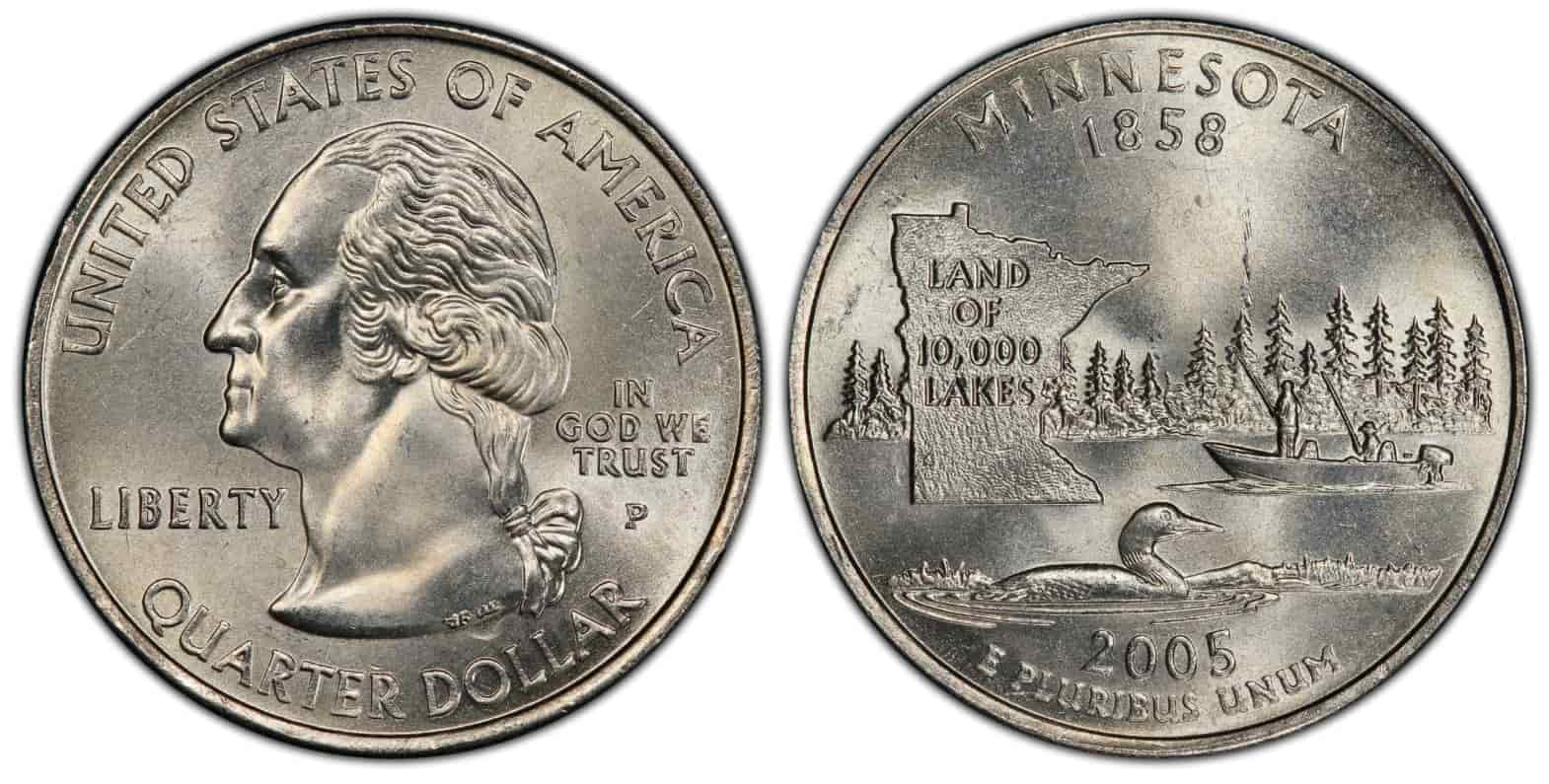9 of the Most Valuable State Quarter Errors Worth Money
Posted by Andrew Adamo - A certified ANA Professional Numismatist, Active member of ICTA, contributor to CoinWeek, Numismatic News, NGC and ANA on May 27th 2025
State Quarter Errors Worth Money List
State Quarter Errors are minting mistakes found in quarters from the 50 State Quarters Program (1999–2008) and the America the Beautiful Quarters (2010–2021). The more dramatic or unique the error, the higher the potential value. Continue reading to lean more about state quarter errors worth money.
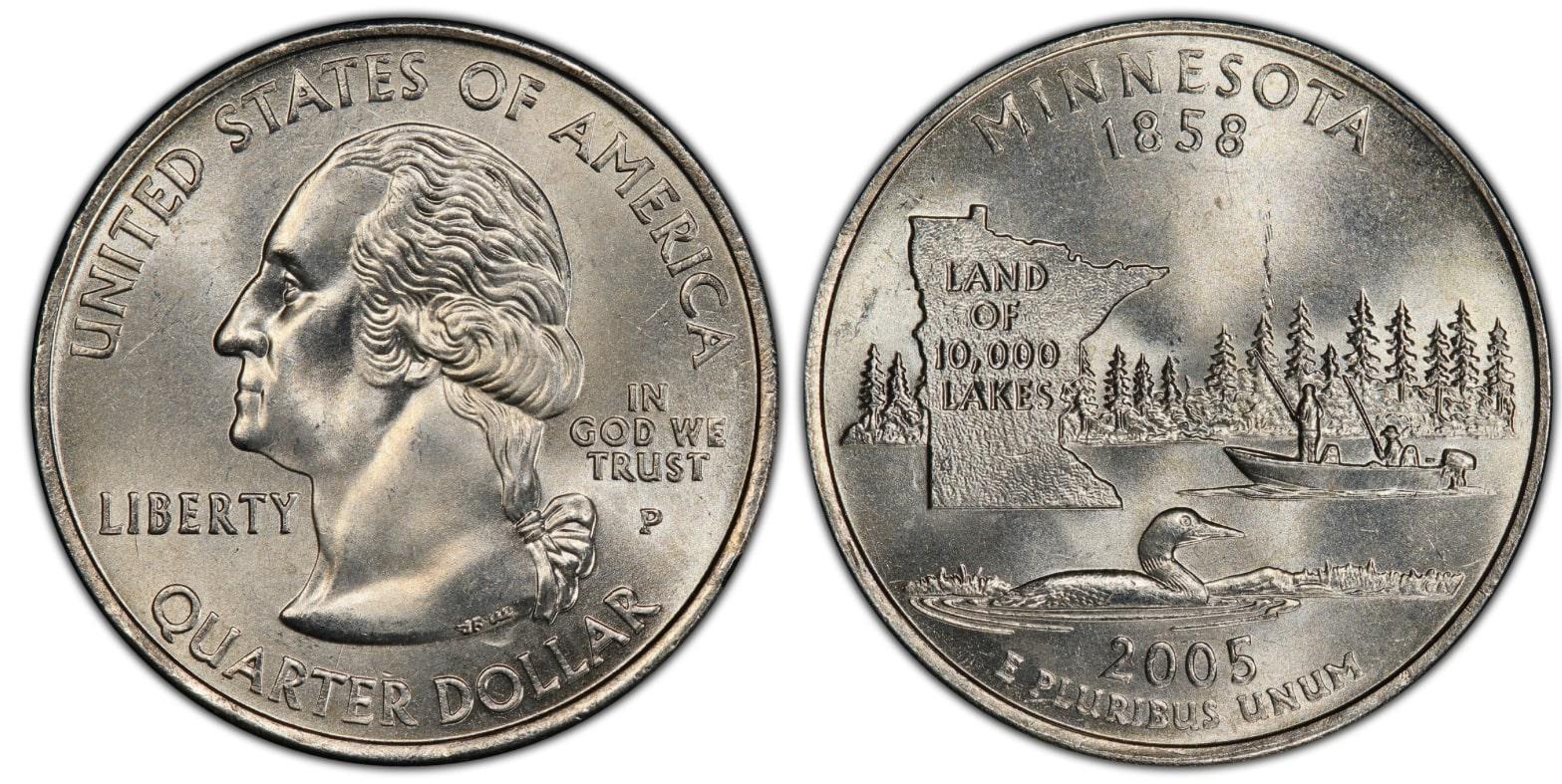
Let’s take a look at nine of the most valuable state quarter errors worth money — these errors could indicate when a new quarter is a perfect addition to your collection!
State Quarter Errors List
-
2005-P Minnesota Quarter with Extra Tree Mint Error
The 2005 Minnesota Quarter was supposed to have a peaceful picture of fishermen sailing on a lake with trees in the background. However, some quarters minted in Philadelphia come with extra trees.
To check for this state quarter error, take a magnifying glass to your 2005-P Minnesota Quarter and look to the right of the outline of the state of Minnesota. If there are several small lumps to the right of the smallest tree, you have one of these error quarters!
Image Source: PCGS
-
1965 SMS Washington Quarter Broadstruck
While not a state quarter, this Special Mint Set quarter error is worth a mention. This varietal of the 1965 SMS Washington Quarter has a titular broad striking error. In a nutshell, if you look at the back of your quarter and see lots of space around the coin, it may have this error.
The 1965 Washington Quarter, if it has the broadstruck error, will have a light gray, very reflective surface on both sides. This quarter may even have better eye appeal than the standard version of the 1965 SMS Washington Quarter.
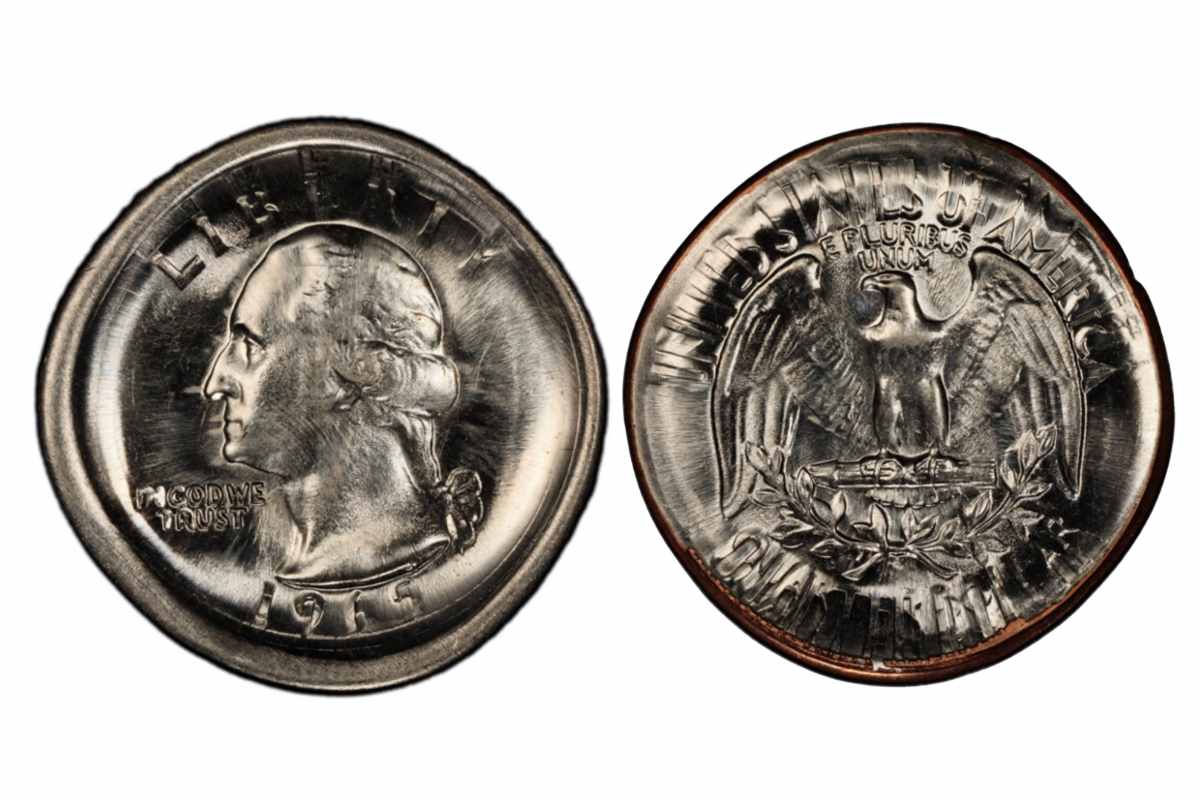
Image Source: Heritage
-
2004-D Wisconsin State Quarter Error Coin with Extra High Leaf
The 2004 Wisconsin State quarters minted in Denver may have a slight misprint on their designs. Specifically, these quarters have one extra leaf on the side of the coin with the corncob.
Because this is an aesthetic and interesting error, 2004-D Wisconsin State Quarter error coins are actually worth more than average, sometimes selling for several hundred dollars online. The extra corn stock leaf can point down or point up; the latter case is called a “high leaf” quarter.
AUCTION RECORD: $2,530 • MS66
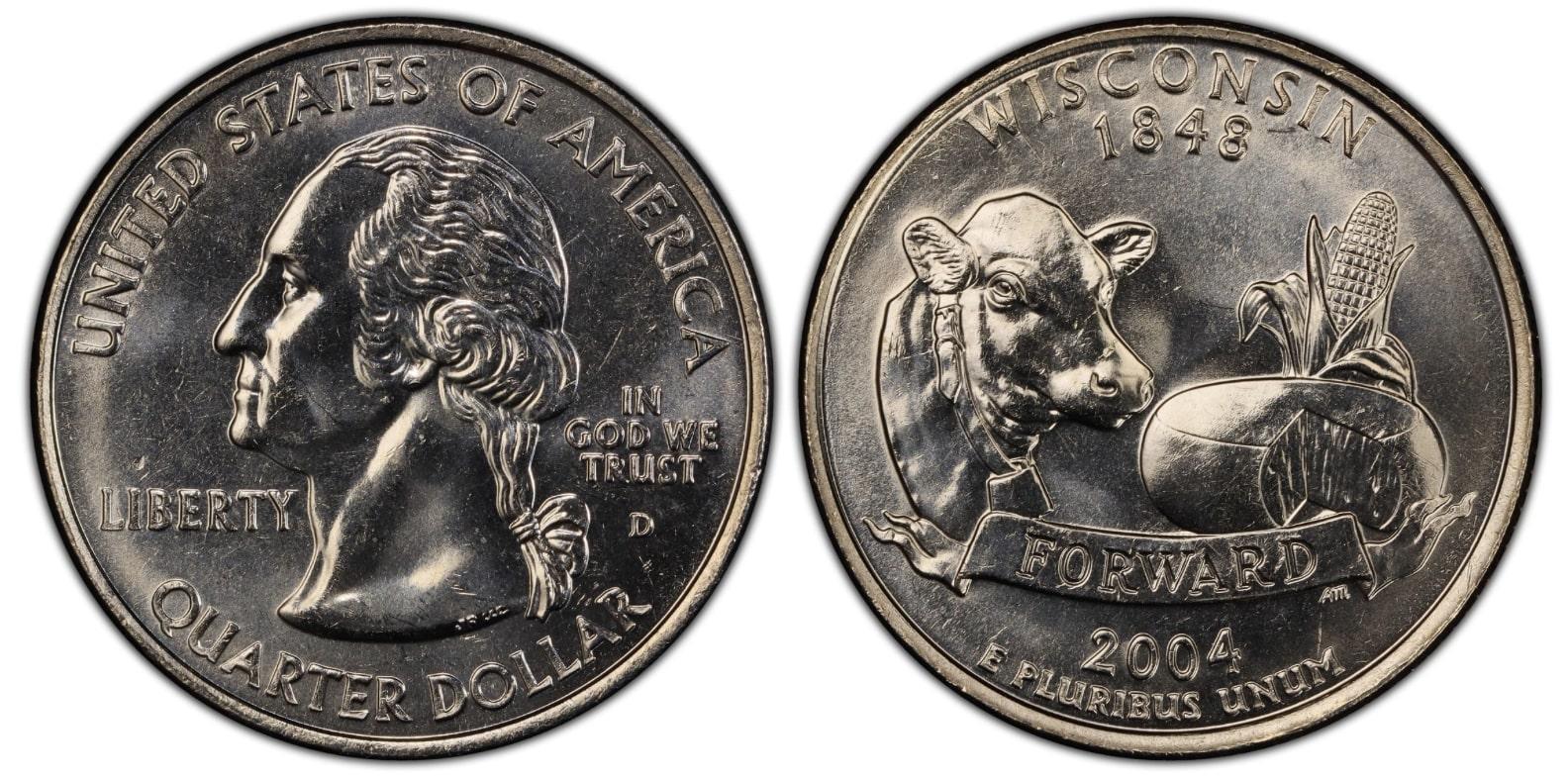
-
2004-D Wisconsin Mint Mark Quarter with Extra Low Leaf
The Wisconsin state quarter, minted in Denver in 2004, may also have an error with an extra low leaf. In this case, the leaf points down next to the corn stock on the rear side of the coin.
The low-leaf version of this state quarter error coin is notable because it does not have the "D" mint mark on that side, marking it as being minted in Denver. However, the “D” should be on the face side of the coin.
AUCTION RECORD: $6,000 • MS67
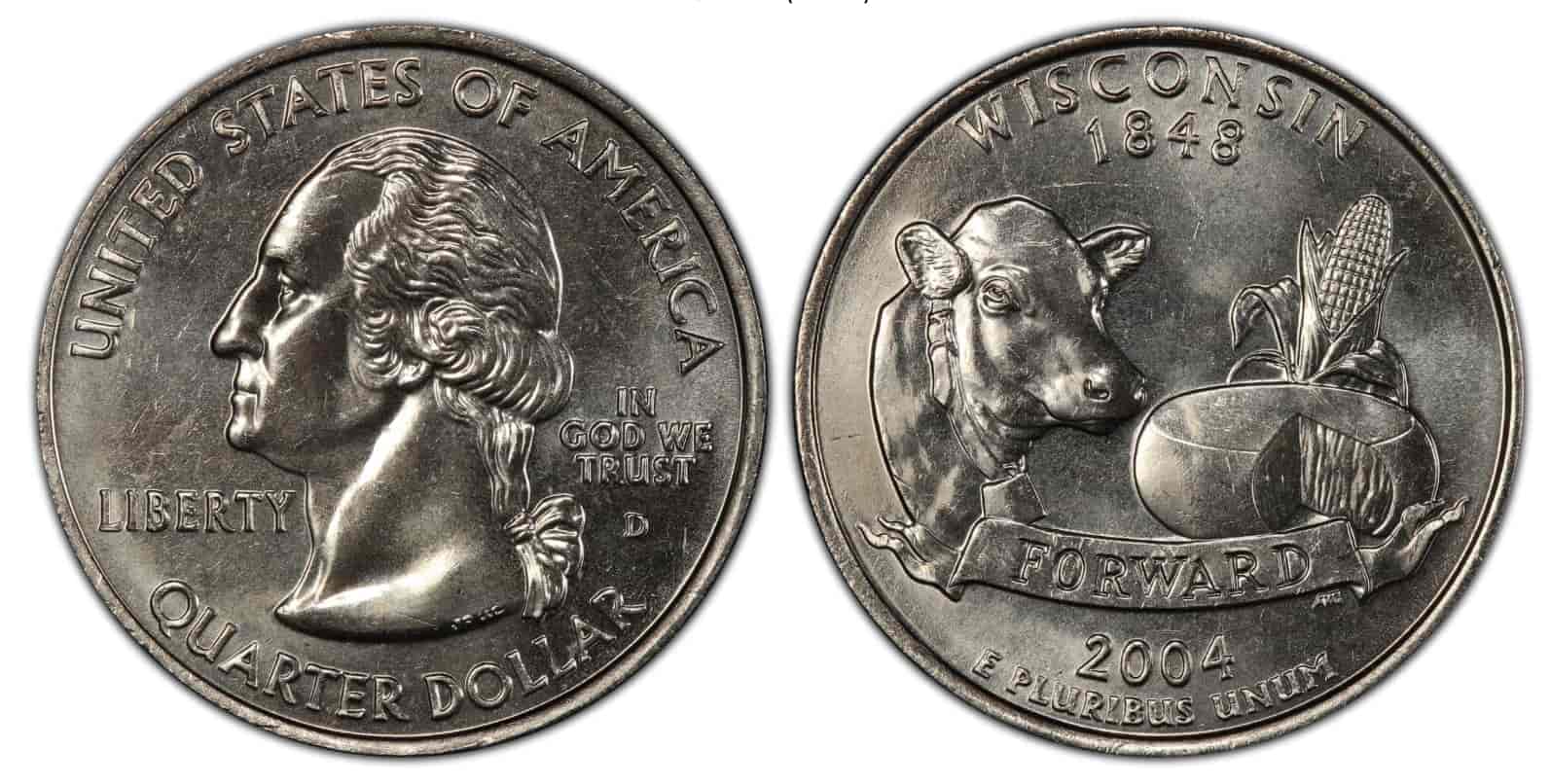
Image Source: PCGS
-
2009-D District of Columbia Double Die State Quarter Error
This valuable state quarter for the District of Columbia was minted in 2009 in Denver.
Its primary error is that it has a double die error — specifically, the word "Ellington" will have an extra "Ell." You may notice double die errors in places like the keys of the piano or Duke Ellington's arm.
Regardless, this 2009 state quarter error is very valuable because double die errors are very rare, and only a dozen have been officially certified and graded by third-party coin certification companies.
-
1999-P Connecticut Quarter Feeder Finger Coin Error
This variation of a Philadelphia-minted Connecticut Quarter, first put into circulation in 1999, has a feeder finger error. In a nutshell, feeder fingers usually push planchets for coins into place so that they are struck by dies correctly. If the fingers make a mistake, they can get jammed and get quarters stuck in the fingers or elsewhere throughout the coin vending machines.
This state quarter error is very rare, which only increases their value. The 1999-P Connecticut Quarter is one example: If you find one of these quarters, you could have a coin potentially worth several thousand dollars.
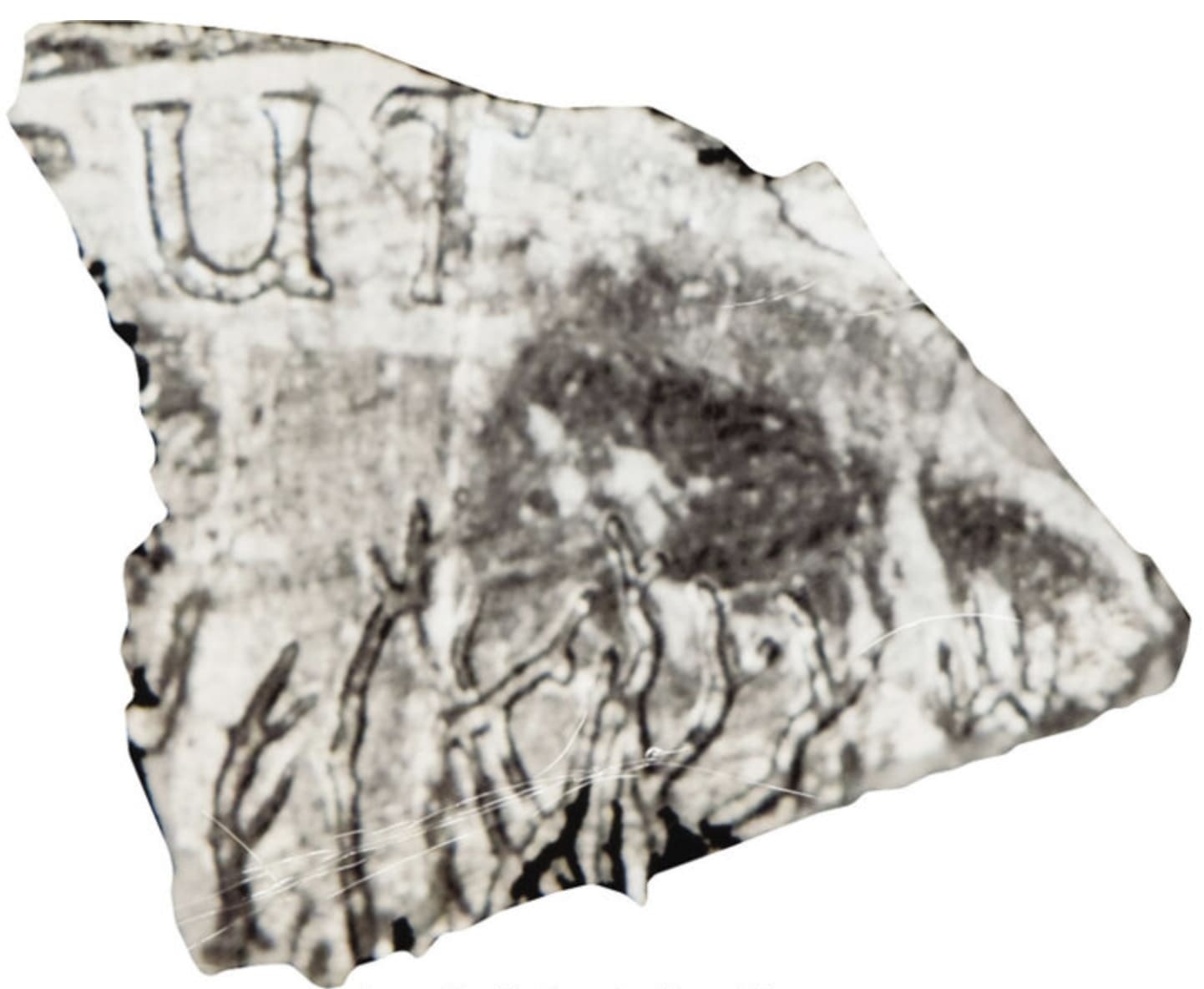
-
2002-P Indiana Quarter Struck on Dime Planchet
In 2002, the Philadelphia Mint made Indiana quarters but accidentally struck them on dime planchets. Since the planchets were smaller than intended for the quarters, the coins were cut into too-small sizes, resulting in misshapen coinage.
These state quarter error coins are fun collectibles but little else. They're also very rare. You can tell that you have one of these coins if the image is fairly well-centered, and it looks like the borders were cut off.
-
1999-P Susan B. Anthony Dollar/Georgia Quarter Hybrid
The Susan B Anthony dollar in Georgia Quarter, minted in Philadelphia in 1999, is a so-called double denomination coin. This coin was struck on a Georgia Quarter even though it was supposed to be struck on a dollar coin. Therefore, you can find details from the original dollar and Georgia quarter designs imprinted on the coin’s surface.
These coins are identifiable via the word “Georgia” somewhere on the surface, as well as the mixed designs resulting in incomprehensible or illegible wording. In any case, these coins are often worth thousands of dollars when sold at auctions.
-
2000-P Maryland Quarter/Dime Hybrid
Some Maryland quarters were mistakenly struck on clad dime planchets in 2000 at the Philadelphia Mint. On the obverse side, you’ll notice George Washington’s side profile almost reaching the coin’s edges.
These coins are fairly rare, as the Philadelphia Mint is known for its quality assurance practices. If you do find one of these coins, note that it could be worth many thousands of dollars if sold at auction.
What Are Some of the Most Valuable State Quarter Error Coins?
Over the years, newly minted U.S. coins have gone into circulation with several errors. These errors occur during production and make certain coins more valuable to collectors. Errors can significantly increase the value of State Quarters by making them rare and highly sought after by collectors.
There are three general types of coin errors you may discover as you build your coin collection:
- Planchet errors. Planchets are the blank coin shapes used to make new coins. Planchet errors can include preparing the wrong coin planchet for a specific coin, clipping coin designs, misaligned planchets, and blank planchets.
- Die errors. These involve mistakes with the dies that impart the images, lettering, or numbers on the surfaces of coins. These can include simple typos, double-die errors (where two images are placed on the same coin surface), and more.
- Strike errors. Strike errors occur when strikes are imparted improperly on coin surfaces, like off-center or misaligned strikes or designs that are struck on the wrong side of a coin planchet.
Though fewer errors are made these days, they do still happen, even with modern coins. Let’s take a look at some of the most valuable state quarter error coins.
Common Types of State Quarter Errors:
- Doubled Die Errors – Letters or designs appear doubled due to a misalignment during the striking process.
- Off-Center Strikes – The design is misaligned, leaving part of the coin blank.
- Die Cracks & Cuds – Raised lines or blobs on the coin caused by a damaged die.
- Missing Clad Layer – The outer nickel layer is missing, exposing the copper core.
- Wrong Planchet Errors – The quarter is mistakenly struck on a planchet meant for another coin, such as a nickel.
- Extra Leaf Wisconsin Quarter (2004-D) – A well-known error where an extra leaf appears on the corn husk.
These errors make certain state quarters rare and valuable, often selling for hundreds or even thousands of dollars in the collector market.
How do Errors affect State Quarter Coin Value?
Errors can turn an ordinary state quarter into a valuable collector's item, sometimes worth hundreds or even thousands of dollars, depending on the rarity, type, and condition of the error. Here’s how different factors affect the value of State Quarter Errors:
1. Rarity of the Error
- The fewer error coins that exist, the more valuable they become.
- Example: The 2004-D Wisconsin Extra Leaf Quarter (High & Low Leaf varieties) is rare and can sell for $50–$1,500+, depending on condition.
2. Type of Error
- Major errors (such as missing clad layers, off-center strikes, and wrong planchets) tend to be worth more than minor die cracks or weak strikes.
- Example: A State Quarter struck on a nickel planchet can sell for hundreds of dollars.
3. Coin Condition (Grade)
- Higher-grade coins with errors (especially those graded MS-65 or higher) command higher prices.
- A circulated error quarter might be worth $10–$50, while a mint-state version could fetch $500+.
4. Collector Demand
- Some errors, like the "Spitting Horse" Delaware Quarter (1999), are well-known and sought after, increasing their market value.
- If collectors are actively seeking a specific error, its price rises.
5. Authentication & Certification
- Coins authenticated by PCGS or NGC with a certified error designation can be worth more.
- Slabbed error quarters generally sell for higher prices than raw (ungraded) ones.
State Quarter Errors have captivated collectors and enthusiasts since the 50 State Quarters Program was launched in 1999. While these coins were initially introduced to commemorate the unique heritage of each state, the unintentional flaws and variations in their minting have made them even more desirable. From rare die cracks to off-center strikes and double-die errors, these mistakes transform ordinary coins into highly sought-after collectibles. Whether you're a seasoned numismatist or just starting your journey into coin collecting, understanding these state quarter errors can reveal hidden treasures right in your pocket change.
A State Quarter Error refers to a mistake or flaw that occurred during the minting process of the 50 State Quarters, which were produced by the U.S. Mint between 1999 and 2008. These errors can include misaligned strikes, double dies, missing details, or other unintended variations that make the coin unique. While these errors are typically rare, they are highly sought after by collectors for their novelty and potential value, turning ordinary coins into prized collectibles.
Collecting state quarters means finding the highest quality, best-looking quarters in most cases. But collecting state quarter errors allows you to grab some high-value quarters worth a lot to collectors because of their rare errors.
Rare Quarters With U.S. Mint Errors for Sale
State quarter errors are favorites for collectors for their numerous varieties and stellar art. Now you know some of the most important quarters with U.S. Mint errors to chase as you build up your collection.
Bullion Shark might be able to help you find the right quarter for your collection sooner rather than later. Our diverse, affordable selection of collectible coins is ready and waiting for you to check out.
Sources:
Superior Manufacturing Reduces Errors | U.S. Mint
Double-Denominations: Two Coins in One | Coin Week
Coin Production | U.S. Mint
Continue Reading:
- Top 10 Most Expensive Silver Dollars
- 2024 American Women Quarters
- When Did They Stop Making Silver Quarters? The Complete History
FAQ
1. What are the most valuable state quarter errors?
Some of the most valuable state quarter errors include:
- 2004-D Wisconsin Extra Leaf Quarter (High & Low Leaf) – Worth $50 to $1,500+.
- 1999-P Delaware "Spitting Horse" Quarter – Sells for $20 to $500+.
- 2005 Minnesota Doubled Die Quarter – Can be worth $50 to $300+.
- 2000 New Hampshire Quarter (Missing Clad Layer) – Valued at $500+.
- 1999 Georgia Quarter (Off-Center Strike) – Can be worth hundreds to thousands.
2. How do I know if my state quarter has an error?
Check for:
- Doubling on letters or designs (doubled die error).
- Off-center strikes or misaligned designs.
- Extra or missing details (such as the "Extra Leaf" on the 2004-D Wisconsin Quarter).
- Missing clad layers, exposing a copper core.
- Unusual weight or shape, which may indicate a wrong planchet error.
3. How much are error state quarters worth?
The value varies based on the type and severity of the error. Minor errors may be worth $5–$50, while rare errors like the 2004-D Wisconsin Extra Leaf Quarter can be worth over $1,000 in top condition.
4. Where can I sell valuable state quarter errors?
You can sell valuable error quarters through:
- Coin dealers specializing in error coins, such as Bullion Shark.
- Coin shows and conventions.
- Third-party grading services (PCGS, NGC) to authenticate and certify high-value errors before selling.
5. Are all state quarter errors valuable?
No, minor die cracks or common errors might only be worth a few dollars. However, major errors like off-center strikes, missing clad layers, or dramatic die varieties can be worth hundreds or even thousands.
6. How can I get my state quarter error authenticated?
Send your coin to professional grading services like PCGS (Professional Coin Grading Service) or NGC (Numismatic Guaranty Company). Certified coins often sell for higher prices.
7. Why do state quarter errors happen?
Errors occur due to mistakes during the minting process, such as misaligned dies, planchet issues, or double strikes. These unintended mistakes create unique and collectible coins.
8. Are modern quarters still being found with errors?
Yes! Even America the Beautiful Quarters (2010–2021) and newer releases can have minting errors, making them valuable to collectors.
9. How to authenticate and evaluate state quarter errors? Are there specific services or experts recommended for appraising state quarter errors?
Authenticating and evaluating state quarter errors typically involves consulting with numismatic experts or submitting the coins to reputable coin grading services. Services such as the Professional Coin Grading Service (PCGS) and the Numismatic Guaranty Corporation (NGC) are widely recognized in the field for their expertise in grading and authenticating coins, including error coins. These organizations assess the authenticity, condition, and rarity of coins, which directly influences their market value. For collectors seeking to authenticate and appraise error quarters, reaching out to these services and following their submission guidelines is a practical step. Additionally, engaging with local coin dealers or attending numismatic shows can offer opportunities for informal appraisals and advice from seasoned collectors.
10. What impact do state quarter error coins have on the overall perception and value of the U.S. Mint's coinage, and how does the Mint address these errors when they are discovered?
The occurrence of error coins, while reflecting lapses in the minting process, paradoxically enhances the U.S. Mint's reputation among collectors for producing collectible items with unique characteristics. While the Mint strives for perfection in coin production, the rarity of error coins adds a layer of intrigue and desirability among numismatists. In response to the discovery of errors, the U.S. Mint has implemented stringent quality control measures and continuously seeks to improve its manufacturing processes to minimize such occurrences. However, the historical presence of error coins serves as a testament to the evolving nature of coin production technology and practices.
11. Besides the state quarter errors mentioned, are there other less-known but potentially valuable state quarter errors collectors should be on the lookout for?
In addition to the state quarter errors highlighted in the article, there are certainly other less-known error coins that can be of interest to collectors. These might include variations in color, unusual textures, or partial strikes that didn't make it to mainstream recognition but could still hold value to niche collectors. Exploring coin collecting forums, participating in online communities, and reading specialized publications can uncover these hidden gems. Collectors are often encouraged to keep a keen eye on their change and newly acquired quarters for any anomalies that could signify a rare and potentially valuable error coin, expanding the scope of their collection beyond the more famous errors.



